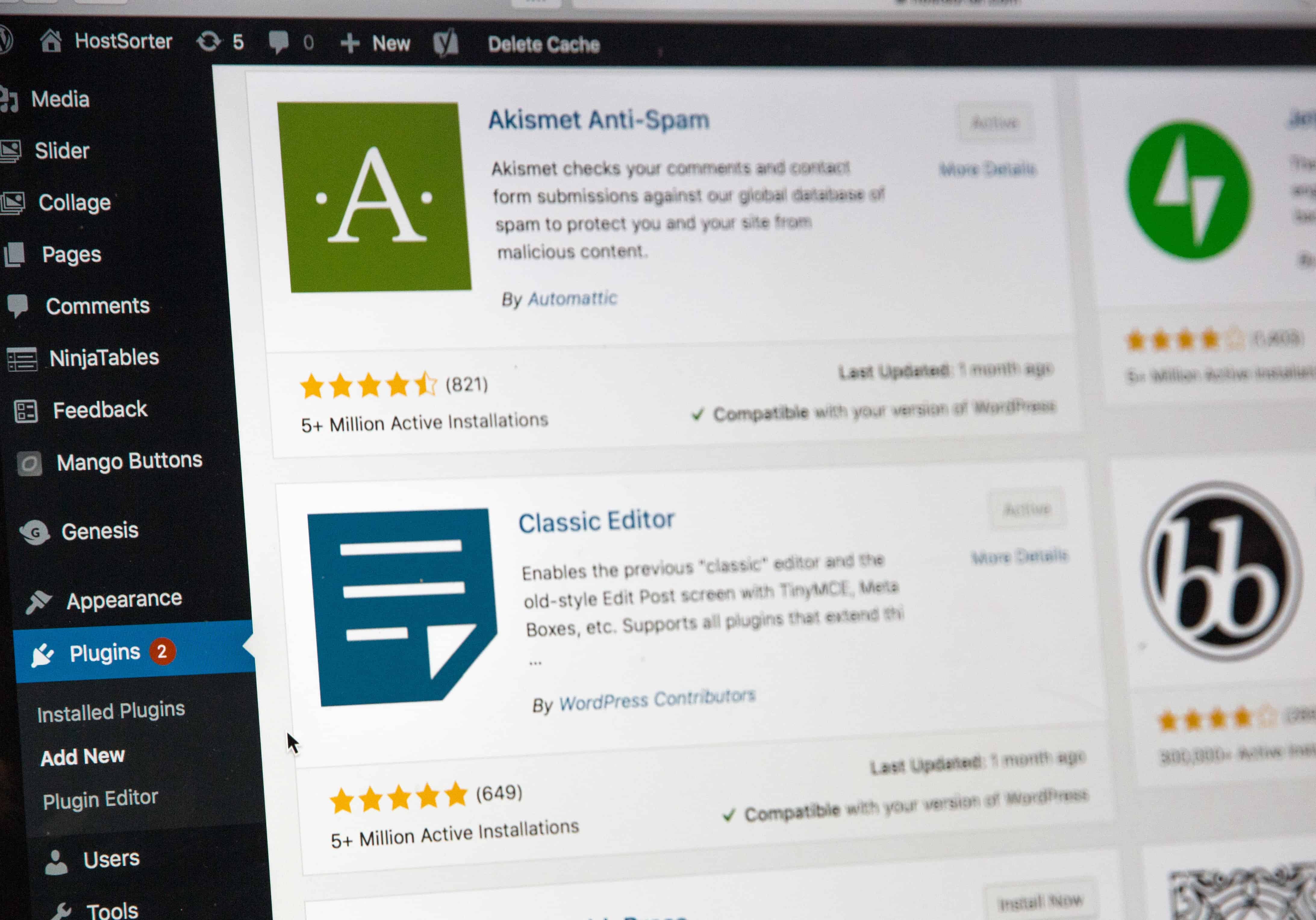Climbing the ladder of professional success doesn’t happen overnight. Career growth is a journey—one that requires commitment, self-awareness, and purpose. Whether you’re just starting out or looking to pivot in your career path, the initial steps are crucial in laying a solid foundation for long-term progress.
1. Define What Career Growth Means to You
Before you can grow in your career, it’s essential to understand what growth looks like for you. For some, it may mean climbing the corporate ladder to executive leadership. For others, it could mean transitioning into a new industry, developing new skills, or starting a business.
Ask yourself questions like:
- What do I want to achieve in the next 3–5 years?
- What motivates or inspires me professionally?
- Do I value job stability, creativity, leadership, or something else?
Having a personal definition of success helps guide your decisions and actions. Without clarity on your goals, it’s easy to fall into a cycle of aimless job-hopping or stagnation.
2. Assess Your Current Skills and Experience
Conducting an honest assessment of your current abilities is a key first step. Identify both your strengths and areas for improvement. Consider creating a simple chart that outlines:
- Hard Skills: Technical or job-specific skills like data analysis, coding, or marketing automation.
- Soft Skills: Communication, leadership, adaptability, and emotional intelligence.
- Experience: Projects, roles, or achievements that have given you relevant knowledge or exposure.
This exercise will help pinpoint the gaps between where you are and where you want to go.

3. Set Realistic and Actionable Goals
Now that you understand your starting point and destination, it’s time to connect the dots. Use the SMART goals approach—Specific, Measurable, Achievable, Relevant, and Time-bound—to craft objectives that are both ambitious and attainable.
Instead of saying, “I want to be promoted,” a SMART goal would look like: “Complete a leadership training course and take on a team project within the next six months.”
Break larger goals into smaller tasks to stay motivated and track your progress more easily. You might even consider using goal-setting apps or journaling to stay organized.
4. Build a Strong Professional Network
Career growth doesn’t happen in isolation. Surround yourself with a circle of mentors, peers, or even LinkedIn connections who can offer guidance, feedback, and opportunities. Attend industry events, webinars, or local meetups to expand your contacts.
Networking isn’t just about finding job leads—it’s also about gaining new perspectives, learning industry trends, and finding inspiration. Remember: relationships built over time can often open doors when you least expect it.

5. Invest in Continuous Learning
In today’s fast-changing job market, staying current is non-negotiable. Invest time in learning new technologies, attending workshops, or even going back to school if needed.
Online platforms like Coursera, Udemy, and LinkedIn Learning offer flexible courses in a variety of fields. Don’t limit yourself to technical knowledge—expand your understanding of adjacent areas to increase value as a professional. For example, a marketing professional can benefit from learning basic data analytics or UX design principles.
Developing a habit of continuous learning shows initiative and adaptability—traits that employers highly value.
6. Seek Constructive Feedback
No one grows in a vacuum. Regularly ask for feedback from managers, colleagues, or mentors. While criticism can be hard to hear, it’s often the fastest route to improvement. Frame your questions to get useful information—for example, ask: “What could I have done better on this project?” or “What are the key skills I should focus on to reach the next level?”
Use this input to update your goals and refine your strategies. Remember, intentional progress is made through asking, listening, and improving.
7. Stay Curious and Resilient
The path to career growth is rarely linear. There will be setbacks, detours, and maybe even mistakes. What matters is how you navigate these challenges. Stay curious—ask questions, explore new methods, and embrace learning opportunities from every experience.
Resilience is about bouncing back stronger, learning from failure, and continuing to push forward. Cultivating this mindset can help you stand out as a forward-thinking and dependable professional.

Final Thoughts
Taking charge of your career growth starts with intentional first steps: defining your vision, assessing your strengths, setting meaningful goals, and constantly learning. While the journey may feel daunting at times, remember that progress—even small steps—adds up over time. Stay focused, stay curious, and keep moving forward. Your future self will thank you.